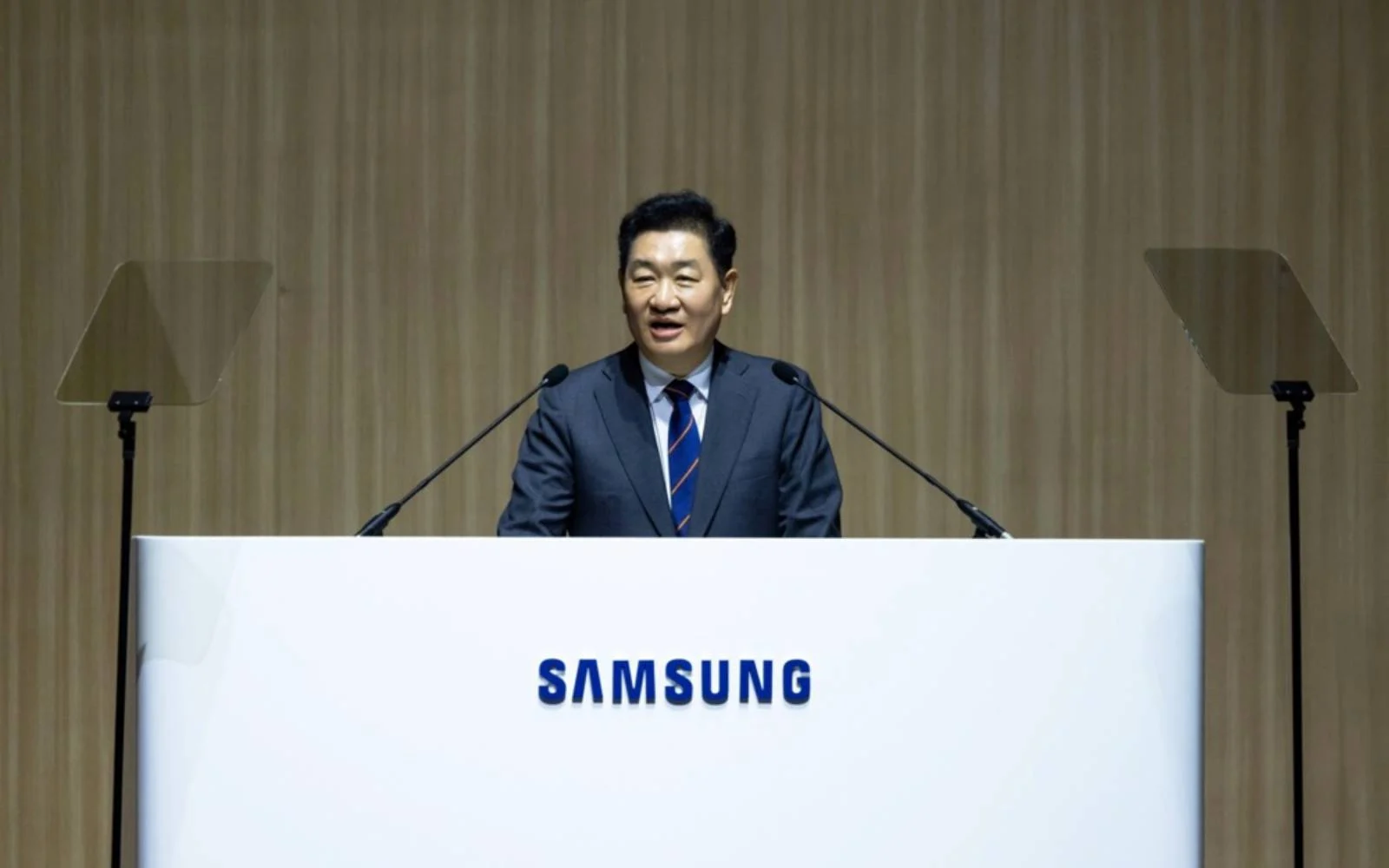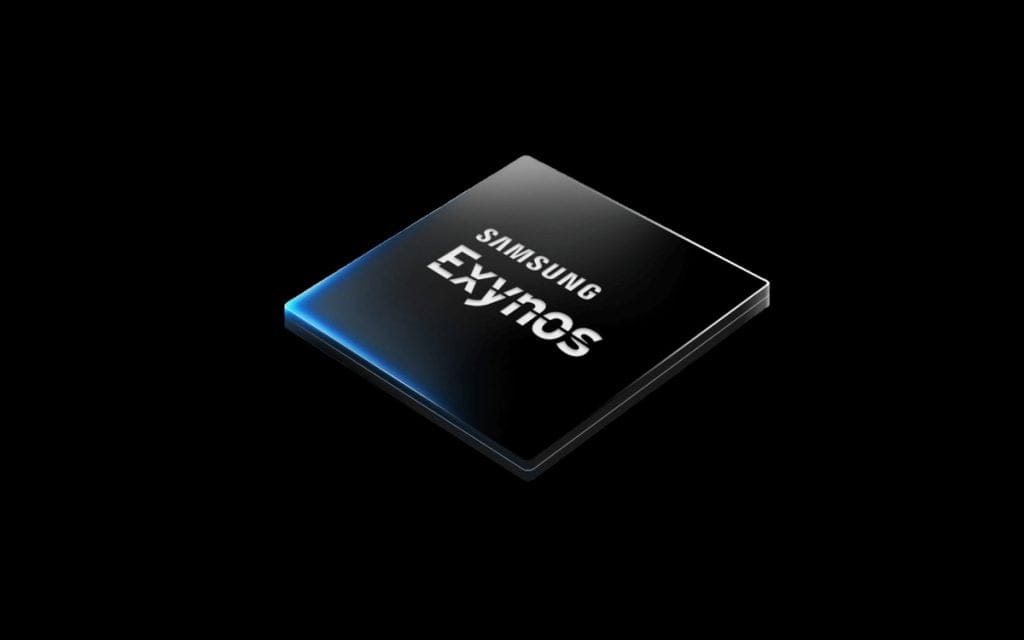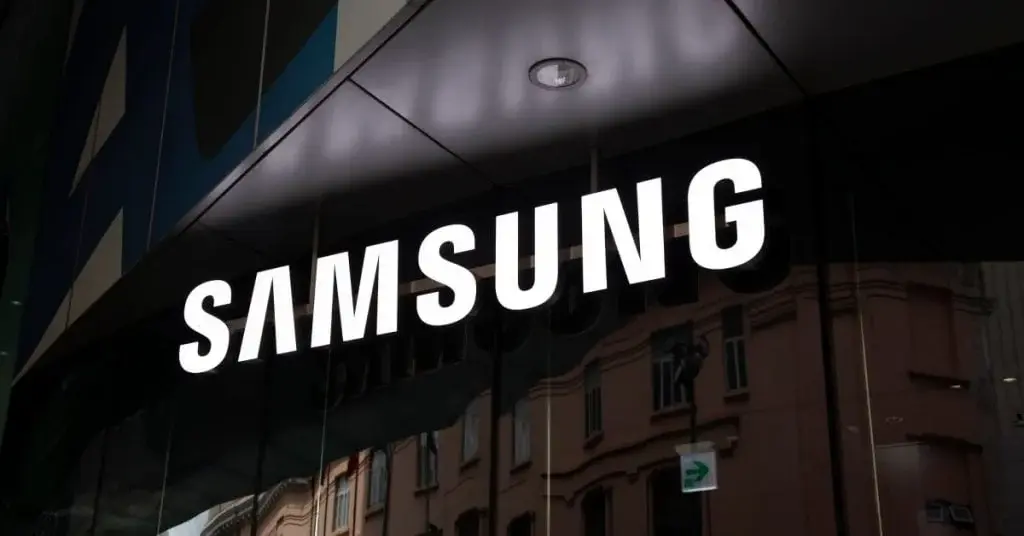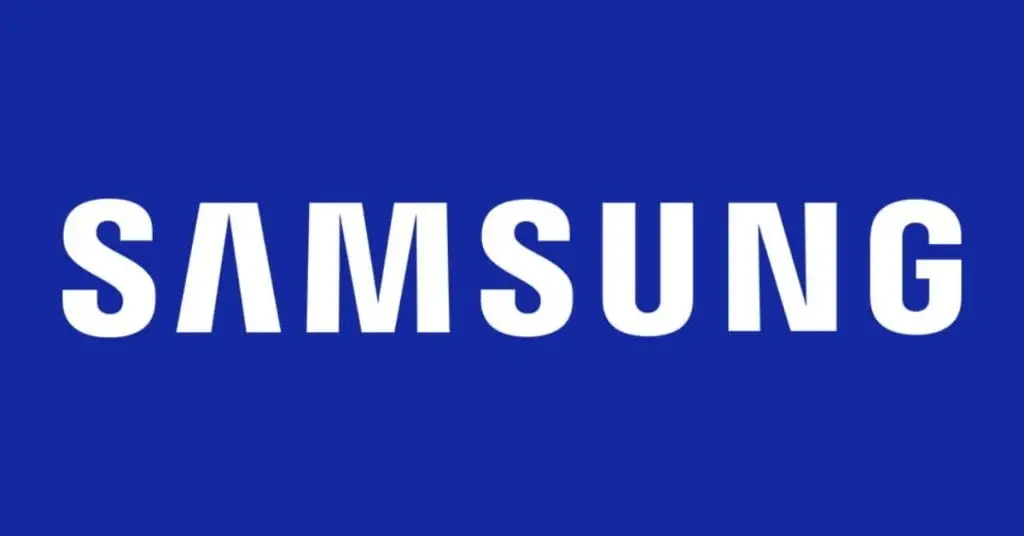Key Takeaways
1. Han Jong-Hee passed away at age 63 due to cardiac arrest, leaving a significant impact on Samsung Electronics.
2. He started his career at Samsung in 1988 and became co-CEO in 2022, overseeing major growth in various product categories.
3. Han’s leadership was crucial in establishing Samsung’s dominance in foldable smartphones, OLED TVs, and Windows on ARM laptops.
4. He guided the company into emerging sectors like augmented and virtual reality, despite not witnessing future product launches.
5. Following Han’s death, Jun Young-hyun is now the sole CEO, facing challenges such as the future of the Exynos processor line and global trade uncertainties.
Samsung Electronics has issued a statement about the death of Han Jong-Hee, who passed away from a cardiac arrest at the age of 63.
Career Highlights
Han began his journey with the company in 1988, eventually becoming co-CEO in 2022. He witnessed Samsung grow into a leading brand in televisions, smartphones, wearables, and silicon. However, he also faced significant slowdowns in the company’s growth and expected earnings during his time in charge.
Lasting Impact
Despite these challenges, Han’s influence on Samsung’s consumer electronics and mobile devices will surely be seen as crucial. His work has played a major role in establishing Samsung’s leadership in areas like foldable smartphones, OLED TVs, and Windows on ARM laptops.
Future Direction
Moreover, Han contributed to guiding the company into important future sectors, including augmented and virtual reality, even though he won’t be able to see how the new Meta Quest 3 competitor will perform in the market.
With Han’s passing, Jun Young-hyun, who became co-CEO in November 2024, is now the sole leader of the technology giant. Jun will have to manage Samsung Electronics’ issues, including the future of the Exynos mobile processor line and the uncertainties of global trade.
Source:
Link










